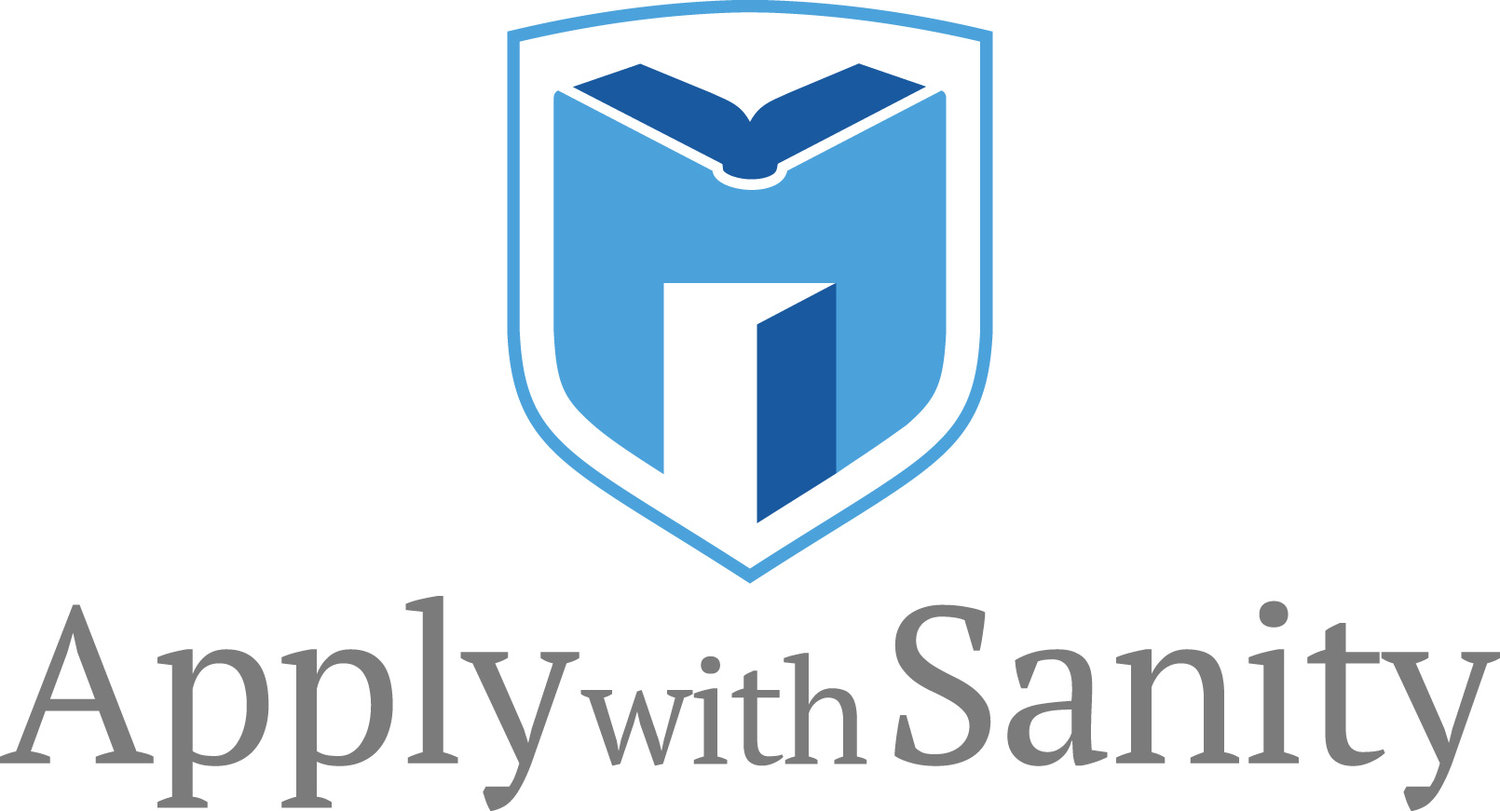I know Spring Break—like spring itself—happens at different times across the country. But my kid’s school has spring break in one week, so it’s on my mind. I strongly believe that Spring Break should be a, you know, break from school and stress. But I also know that lots of students and parents ask me what they can do over Spring Break to help with college applications. There’s only one thing I recommend:
Go on a practice college tour.
For many high school students, especially juniors, Spring Break is a popular time for college campus visits. I wouldn't necessarily call this "normal." Sure, lots of students do it. But lots of students don't do many--or any--visits until they're seniors and visit only schools they've already been admitted to. And plenty of students don't visit a college at all. What's "normal" is up to you and what you think is really best for you. While I don't recommend skipping college visits altogether, neither do I recommend going on big multi-campus trips just because you feel like you have to.
However, if you're a younger high school student--in the 9th or 10th grade--I urge you to consider going on some "practice visits." Unless you live in a very rural area, there should be at least a few colleges near you that you can tour. Sign up for a few, and do your best to get the full range of college types. Here in Houston I recommend touring Rice, the University of Houston main campus, and Houston Baptist University. If you live in the St. Louis area, for example, consider Blackburn College in Carlinville, Washington University, and U.M. St. Louis. This way you can get a sense of what a big state school looks like and how it differs from a medium-sized private school and how they both differ from a small private school. At this point, in your practice runs, I wouldn't even worry about the differences in cost. You're just trying to get first-hand knowledge of how different types and sizes of schools feel.
Why bother visiting colleges you're not interested in attending? Isn't that a waste of time? Not necessarily. For one, it gets you a variety of experiences early. Imagine you do a big East Coast trip to visit Georgetown and G.W. in Washington D.C., Columbia and N.Y.U. in New York, and then Harvard and Boston University. You've hit six big-name schools with great reputations...but they're all medium to large private, selective universities in dense urban areas. If you're sure that’s what you want, fine. But if you're not sure how different sized schools feel and operate, or if not sure an urban school is for you, then it may save time and money to get a feel for those differences near home.
It's good to try out schools you have no emotional attachment to. In this sense, think of college visits like any other shopping trip. It helps to survey what's available and do some research before walking into a store eager to buy something. You'll be a lot less susceptible to emotional sales tactics and a lot more confident in your control of the situation. Maybe you won't be so eager to attend a school because you were really impressed by the dining hall or the friendliness of the students—most schools have decent food and friendly students—if you already have a sense of what's available elsewhere.
It's also smart to get a few visits out of the way at places you're not necessarily interested in attending just to have some practice and be less jittery. You don't want to waste a visit to a top-choice school because you're nervous that you may say the wrong thing or that things won't look the way you expect them to look. If your first visit to a “contender” is your fourth or fifth school tour, you'll already be an experienced pro and can really focus on what you need to for that visit.
And, of course, you might end up really wanting to go that school, even if you hadn't planned on it. As in any relationship, you just may find your match in a place you weren't expecting.
You don’t even need to leave home to get a better sense of a college. While there’s a lot to be said for physically stepping foot in a place and feeling its “vibe” first hand, most colleges noe have high quality online options available for getting to see the school. Spending an hour online to do a virtual tour takes…one hour. That’s a lot less of a time commitment than going on a visit.
If you do go for a physical visit during your Spring Break, check to see if it’s also the college’s Spring Break. Touring an empty school can be worse than not touring at all.
Thanks for reading! If you enjoyed this post, here are three easy things you can do:
Share it on your social media feeds so your friends and colleagues can see it too.
Read these related posts:
Ask a question in the comments section.
Apply with Sanity doesn’t have ads or annoying pop-ups. It doesn’t share user data, sell user data, or even track personal data. It doesn’t do anything to “monetize” you. You’re nothing but a reader to me, and that means everything to me.
Photo by Angela Elisabeth.
Apply with Sanity is a registered trademark of Apply with Sanity, LLC. All rights reserved.

